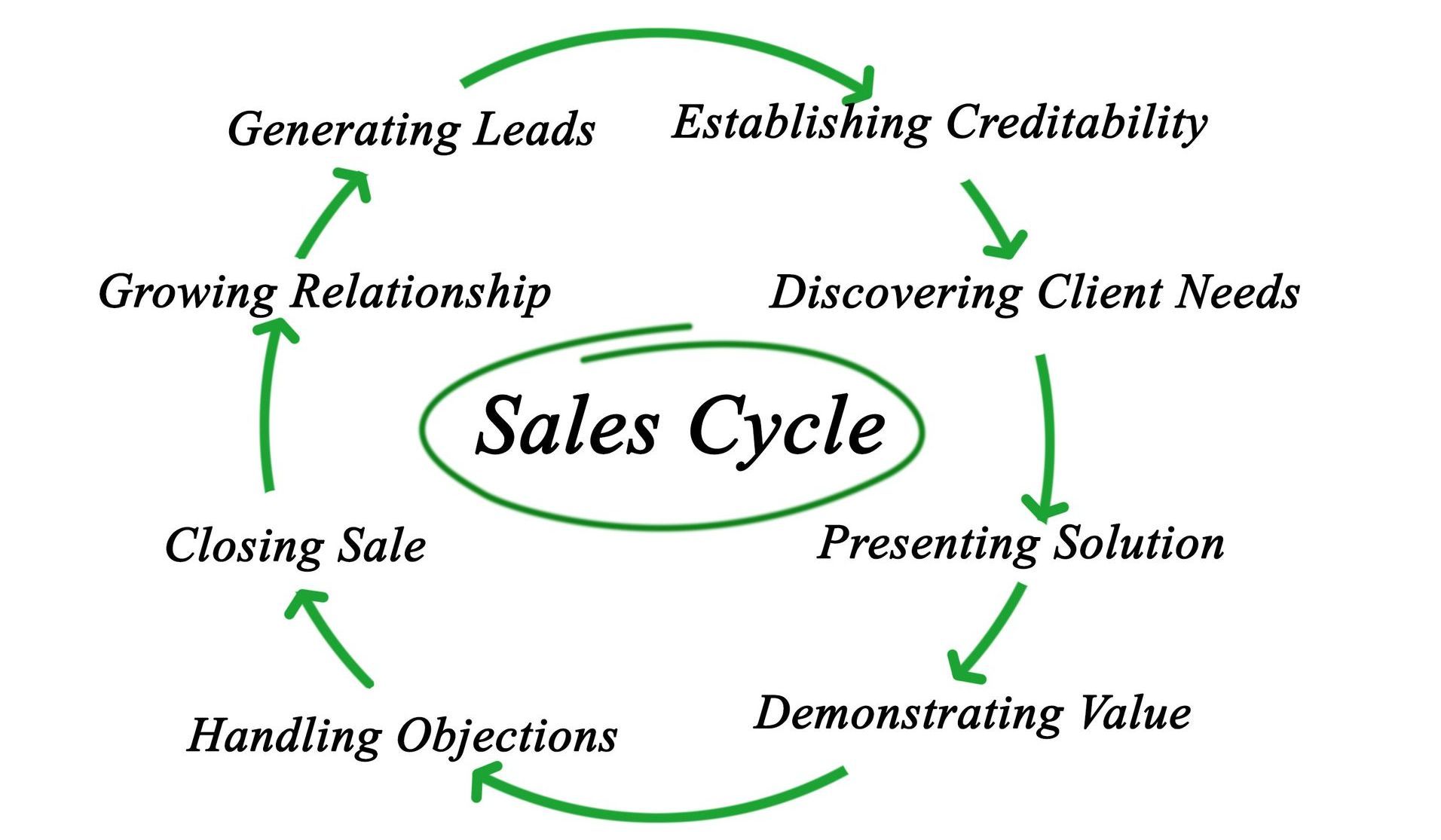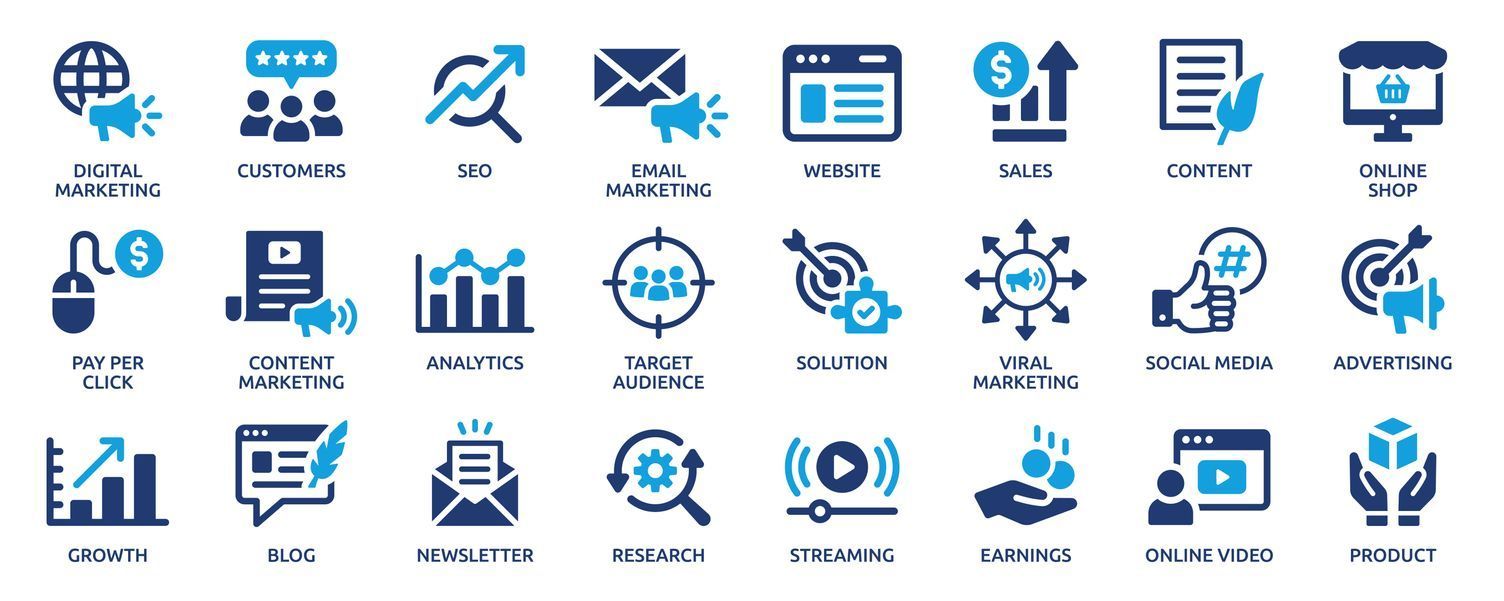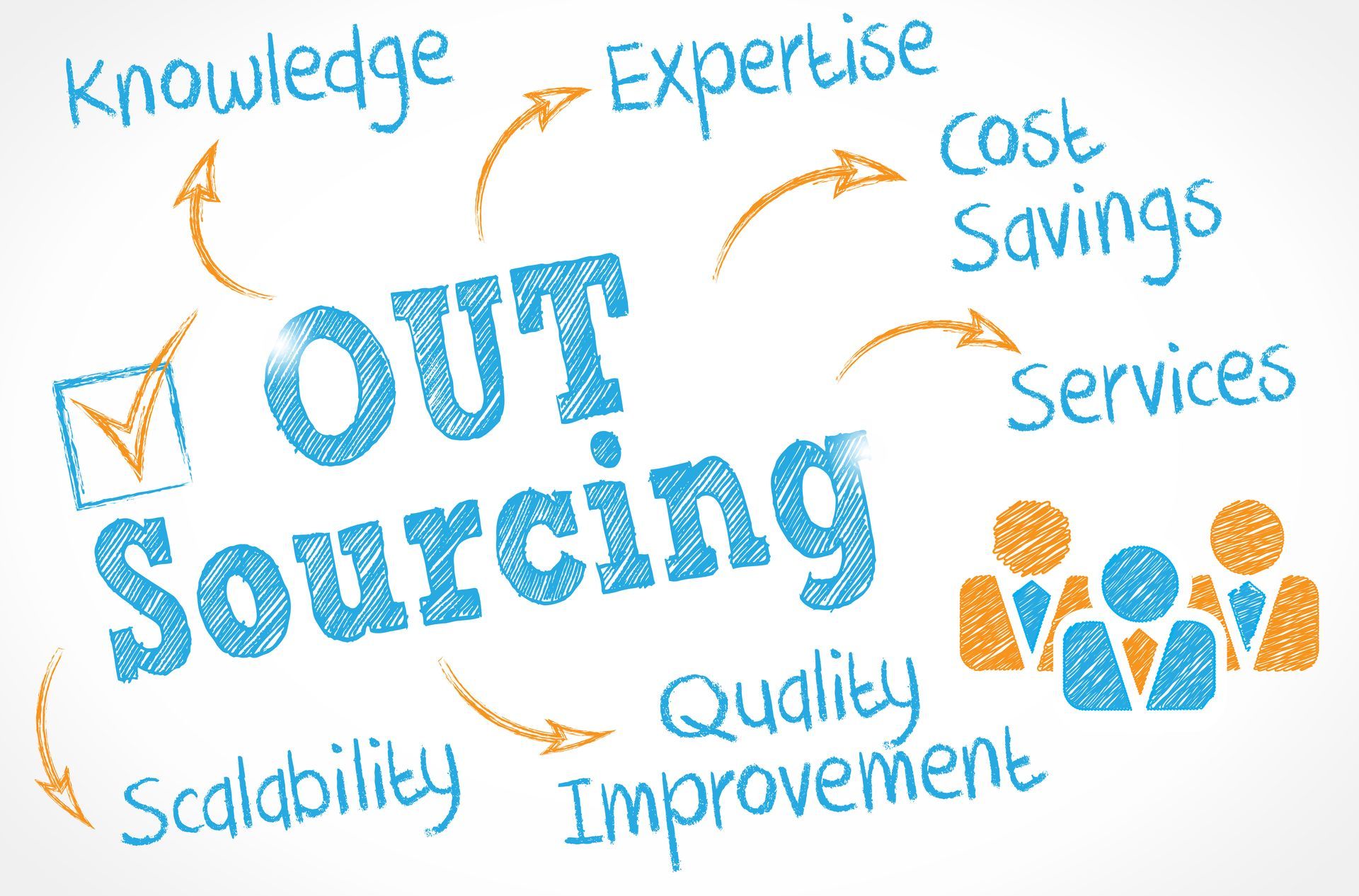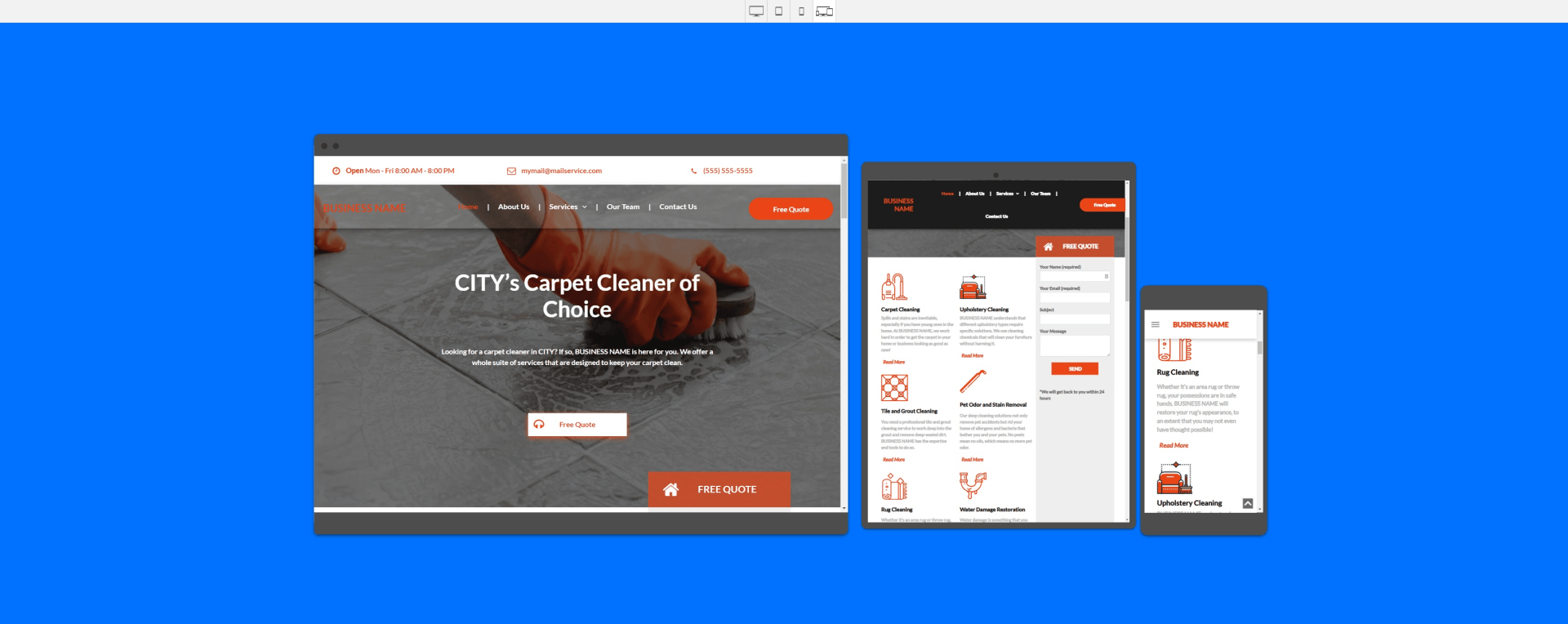
The Price of Marketing: How to Budget Marketing Cost for Small Business
As a small business owner, you're no stranger to the challenges of allocating resources effectively. Ensuring a wise marketing budget allocation can be the difference between success and failure. In this post, we'll explore how to budget wisely and maximize ROI for the marketing cost for small business, so you can make the most of your precious marketing dollars.
Short Summary
- Small businesses should prioritize activities with a high return on investment to optimize their limited marketing budget and maximize growth.
- When determining an appropriate marketing budget, factors such as business objectives and goals, sales cycle, and operational capacity must be taken into consideration.
- Integrating online & offline channels is essential for small businesses to maximize reach & ensure a comprehensive strategy in order to get the best ROI from their investments.

Understanding Marketing Costs for Small Businesses
Marketing budgets can be a complex puzzle for small business owners. From business aspirations and objectives to sales cycle and operational capacity, multiple factors play a role in determining the ideal marketing budget. With evolving marketing channels and methods, it's crucial to stay updated and make informed decisions to maximize your return on investment.
Setting an average marketing budget can be challenging, considering the diverse range of marketing channels and campaigns available. While some small businesses might allocate more resources to digital marketing like social media marketing and content marketing, others might focus on traditional advertising such as print ads and billboards. It's essential to strike a balance between different marketing channels to ensure a good marketing budget that drives growth and profitability.
Factors Affecting Marketing Budgets
Several elements can influence the marketing budget for small businesses, including business objectives and goals, sales cycle, and operational capacity. Startup companies typically allocate 12-20% of their gross revenues to their marketing budget, while established companies allocate 6-12%.
It's important to identify your target audience and their associated purchase funnel before delineating the various components of the budget. Pay-per-click (PPC) advertising, for instance, is known to generate an estimated return of $2 for every $1 spent in 2022. With platforms like Google Ads (formerly known as Google Adwords), businesses can tap into a vast pool of potential customers.
By focusing on highly measurable forms of advertising, such as Facebook ads and search ads, you can optimize your marketing spend and attract more paying customers.
The Role of Business Goals and Objectives
Business goals and objectives play a paramount role in developing a marketing strategy and allocating the marketing budget. By linking marketing budgets to business objectives, small businesses can effectively channel their marketing efforts towards achieving their goals.
Measuring and adjusting marketing tactics helps identify effective strategies and allocate resources accordingly, optimizing results.

Creating a Comprehensive Marketing Strategy
A comprehensive marketing strategy is vital for small businesses to ensure optimal use of their marketing budget. Integrating online and offline marketing channels, prioritizing high-ROI activities, and allocating budget by channel and activity are essential steps in creating an effective marketing strategy.
By considering factors such as ROI and the sales cycle, small businesses can establish a marketing budget that aligns with their business goals and objectives. Mold Busters, a small business, demonstrates, prioritizing ROI in their marketing budget ensures that their marketing efforts yield the best possible results.
Integrating Online and Offline Marketing Channels
In today's digital age, it's crucial for small businesses to integrate both online and offline marketing channels. Online marketing channels, such as SEO, paid advertising, email marketing, and social media, play a significant role in reaching a wider audience and generating leads. Offline marketing channels, like TV and radio commercials, print magazine advertisements, billboards, and flyers, are still relevant and can help increase brand awareness and attract customers.
A comprehensive marketing strategy that combines both online and offline marketing channels ensures that your marketing efforts reach a diverse and broad target audience. By being aware of the various types of channels available, small businesses can develop a solid marketing plan that focuses on high-ROI activities and aligns with their operational capacity.
Prioritizing High-ROI Activities
Prioritizing high-ROI activities is essential for small businesses to make the most of their limited marketing budget. Activities such as search, paid advertising, email marketing, content creation, and social media can generate a high return on investment.
By focusing on strategies that maximize sales across multiple product lines while maintaining a consistent message across all channels, small businesses can effectively allocate their marketing budget and drive growth.

Analyzing Your Sales Cycle and Operational Capacity
Understanding your sales cycle and operational capacity is crucial when determining your marketing budget. By analyzing sales data and trends, small businesses can make informed decisions on allocating their marketing budget and ensure that their marketing efforts yield the best possible results.
Aligning marketing budgets with operational constraints requires a comprehensive understanding of your sales cycle, channels for acquiring new visitors and customers, and acquisition costs. By focusing on organic channels, small businesses can reap the benefits of cost savings, improved customer trust, and increased visibility.
Assessing Sales Data and Trends
Sales data is crucial in making informed decisions about your marketing budget and strategy. By analyzing sales data, small businesses can monitor their progress towards objectives, identify potential areas for improvement, and make necessary adjustments to their marketing strategy.
Additionally, understanding the various stages of your sales cycle and allowing for a margin of error can help small businesses allocate their marketing budget more effectively and efficiently.
Aligning Marketing Budget with Operational Constraints
Aligning your marketing budget with operational constraints is a vital aspect of effective marketing budget management. Small businesses should establish a budget for each marketing activity, assign resources to the most profitable activities, and monitor performance to ensure the budget is used efficiently.
By taking into account potential risks associated with each marketing activity and adjusting the budget accordingly, small businesses can optimize their marketing budget and maximize their return on investment.

Allocating Marketing Budget by Channel and Activity
Allocating your marketing budget by channel and activity is crucial for optimizing your marketing spend and maximizing ROI. By testing and adjusting paid channels, such as PPC advertising and online ads, small businesses can identify the most efficient strategies for converting leads into paying customers.
Monitoring marketing performance and adapting your budget accordingly is essential for ensuring that your marketing dollars are being utilized effectively. Regularly reviewing KPIs and metrics helps small businesses assess their overall marketing performance, identify areas of improvement, and make necessary adjustments to their marketing budget.
Focusing on Organic Channels
Focusing on organic channels, such as SEO and social media, can provide significant benefits for small businesses with a limited marketing budget. Organic channels do not require payment to generate traffic, making them a cost-effective way to reach a larger audience and attract customers.
By prioritizing organic channels, small businesses can optimize their marketing budget and maximize their return on investment.
Testing and Adjusting Paid Channels
Testing and optimizing paid channels is essential for small businesses looking to maximize their marketing budget. By experimenting with different channels and adjusting their budget accordingly, businesses can ensure that they are getting the most out of their marketing efforts.
This approach helps small businesses identify the most efficient strategies for converting opportunities into paying customers and make necessary adjustments to optimize their marketing budget.

Monitoring Performance and Adapting Your Marketing Budget
Regularly monitoring your marketing performance and adapting your budget is crucial for ensuring that your marketing efforts are yielding the desired results. By keeping track of spending, leads, and conversions, small businesses can assess their overall marketing performance and make informed decisions about their marketing budget allocation.
Staying agile and adaptable is essential for small businesses looking to optimize their marketing budget. By being responsive to market fluctuations and trends, businesses can ensure that their marketing budget is used efficiently and that they are maximizing the returns from their marketing initiatives.
Regularly Reviewing KPIs and Metrics
Regularly reviewing KPIs and metrics is crucial for small businesses looking to optimize their marketing budget and maximize their return on investment. By prioritizing the most pertinent KPIs and metrics, implementing automated tracking systems, and using data visualization tools, businesses can effectively monitor their progress towards objectives and identify potential areas of improvement.
Reviewing your KPIs and metrics periodically ensures that your small business remains on track to achieve its marketing goals. This practice helps identify areas of improvement, optimize marketing strategies, and make necessary adjustments to your marketing budget allocation.
Remaining Agile and Adaptable
Remaining agile and adaptable is essential for small businesses looking to optimize their marketing budget and maximize their return on investment. By staying informed on industry trends, embracing novel approaches, and having the flexibility to make changes as needed, small businesses can swiftly adjust to changes in the market and take advantage of new opportunities.
This mindset of perpetual growth and adaptability ensures that small businesses remain competitive and relevant in an ever-evolving marketplace.

Outsourcing vs. In-House Marketing
When it comes to managing your marketing budget, the decision between outsourcing and in-house marketing is an important one. Outsourcing involves engaging external providers to fulfill certain tasks or services typically conducted in-house, whereas in-house marketing refers to a dedicated department within a company that handles all marketing activities.
Both approaches have their pros and cons, and the choice between them depends on various factors such as your business's specific needs, resources, and objectives.
By considering the advantages and disadvantages of each option, you can make an informed decision on whether to build an in-house marketing team or outsource your marketing efforts.
When to Consider Outsourcing
Outsourcing can be a beneficial option for small businesses in certain situations. It may be advantageous when a business lacks the necessary resources or expertise to complete a task, when looking to reduce costs, when needing to access specialized skills, or when wanting to free up time to focus on core business activities.
Examples of outsourcing include customer service, web design, software development, accounting, and marketing.
Building an In-House Marketing Team
An in-house marketing team offers several benefits, including greater control over the marketing process, enhanced comprehension of the company's brand, culture, product, and internal procedures, and more flexibility when it comes to budgeting and strategy.
However, building an in-house marketing team also presents challenges such as identifying suitable personnel, controlling the budget, and staying abreast of the latest trends and technologies. Carefully weighing the pros and cons of building an in-house marketing team can help small businesses make the most of their marketing budget.

Industry-Specific Marketing Budget Guidelines
Marketing budget guidelines can vary depending on the industry, target audience, and the size of the business. The U.S. Small Business Administration suggests allocating 7-8% of gross revenue for marketing and advertising for small businesses with revenues less than $5 million. However, these percentages can be influenced by factors such as the industry, the type of products or services provided, the target market, and the competitive landscape.
Understanding industry-specific marketing budget guidelines can help small businesses allocate their marketing budget wisely and ensure that their marketing efforts yield the best possible results. By considering the unique challenges and opportunities in their specific industry, small businesses can make informed decisions on how to allocate their marketing budget.
B2C vs. B2B Marketing Budgets
There are notable differences in marketing budget allocation between B2C and B2B sectors. B2C product businesses typically allocate 13.7% of revenue toward marketing budgets, whereas B2B businesses allocate 6.7%.
B2C companies typically receive higher marketing budgets as there are more customer-facing marketing channels available. This increases the advertising spend these businesses must dedicate in order to reach their target customers.
Startups and Early-Stage Companies
It's estimated that the average marketing budget for startups and early-stage companies is 11.2% of overall revenue. However, the budget can vary depending on the industry and target audience, as different industries and audiences may require unique marketing strategies and tactics.
By understanding the specific marketing budget guidelines for their industry and audience, startups and early-stage companies can make informed decisions on how to allocate their marketing budget effectively.

Summary
In conclusion, wisely allocating your marketing budget is an essential aspect of your small business's success. By understanding the factors that affect marketing budgets, integrating online and offline marketing channels, prioritizing high-ROI activities, and remaining agile and adaptable, you can make the most of your precious marketing dollars. As you navigate the complexities of marketing budget allocation, always remember that the key to success lies in making informed decisions, staying updated on industry trends, and adapting your strategy as needed.
How to calculate the cost of marketing?
Calculating the cost of your marketing efforts is simple: take your total advertising expenditures and divide them by the number of leads generated. This will give you an accurate estimate of how much it costs for each lead.
Additionally, multiplying your customer acquisition cost by your planned budget can help you set a budget for marketing activities to reach your desired goals. As such, calculating the cost of marketing is straightforward when these steps are taken into consideration.
How much should I spend on marketing when starting a business?
When starting a business, it is important to consider the amount to allocate to your marketing budget. Depending on the size of your business, the amount of competition there is, and the type of industry you are in, you should expect to budget up to 8% of your total annual revenue for marketing purposes.
Additionally, if you are seeking rapid growth, this number can be even higher.
How much does a small business usually spend on advertising?
On average, small businesses allocate around 10 percent of their total revenue to advertising. While some may spend more and others less, this is a good place to start for creating an effective advertising budget.
However, there are many factors to consider when determining the right amount for your business.








Unlock the Unlimited Potential of Your Business
Our professionals stop at nothing to provide excellent digital marketing solutions.
Do you want your business to be found all over online? Small Biz SEO can help. We are a marketing company that specializes in SEO for small business growth. Our team of SEO experts can help you get the most out of your website and increase your online visibility.
Our Services
All Rights Reserved | Small Biz SEO





















